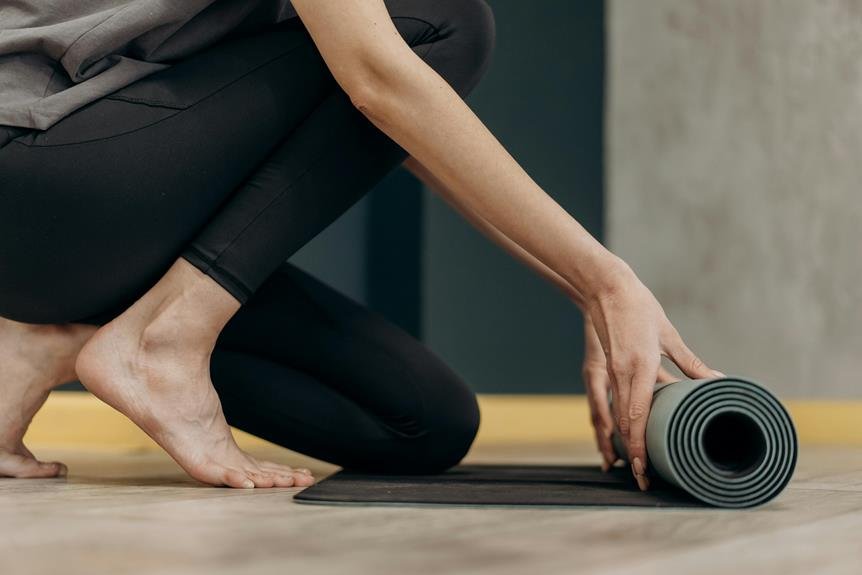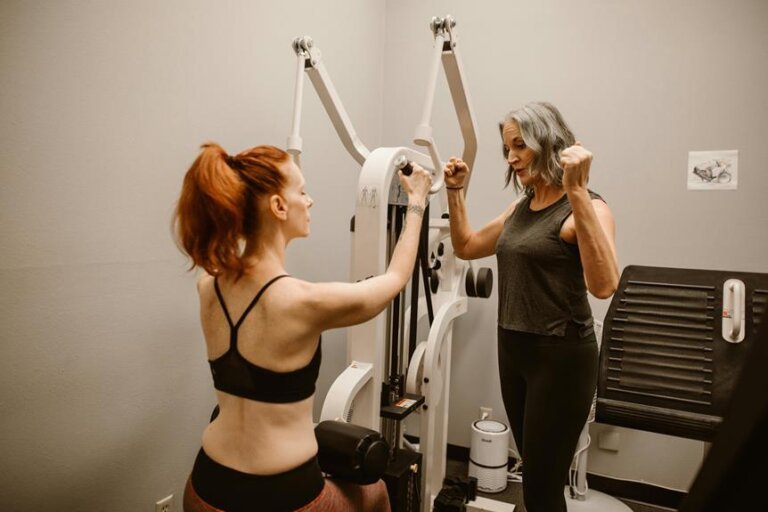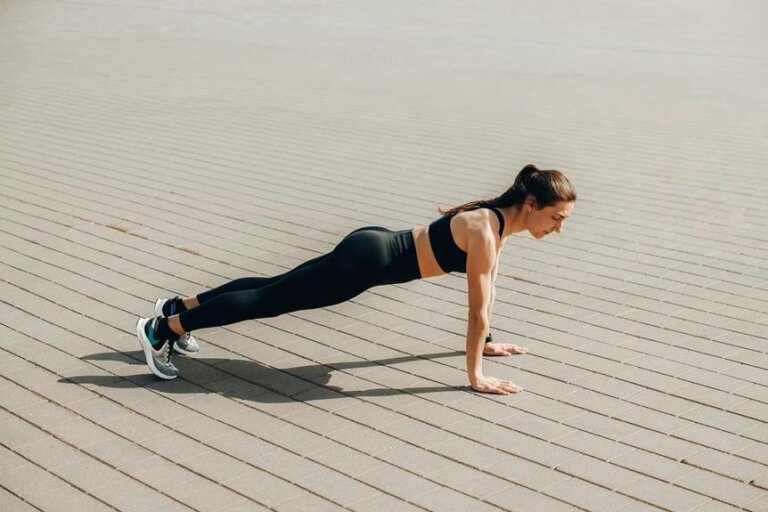The Ultimate Guide to Creating a Sustainable Fitness Routine
Dreaming of a fitness routine that sticks like clockwork? Imagine a plan tailored to your lifestyle, seamlessly blending into your days.
Picture a journey where consistency is key, and progress is not just a fleeting goal but a sustainable lifestyle choice.
Curious to uncover the secrets behind such a routine? Stay tuned as we uncover the essential components that will help you pave the way to a sustainable fitness regimen that lasts beyond the initial spark of motivation.
Setting Realistic Fitness Goals
When starting your fitness journey, set achievable goals that align with your current abilities and lifestyle. It's essential to be realistic and specific in what you want to achieve. Instead of aiming to run a marathon in a month, consider starting with a goal of running for 20 minutes without stopping. By setting smaller, attainable milestones, you can track your progress and stay motivated along the way.
Focus on goals that are measurable and time-bound. For instance, aim to increase the number of push-ups you can do in one minute within the next two weeks. This way, you have a clear target to work towards, making it easier to stay on track and push yourself to improve.
Remember to reassess your goals periodically. As you progress in your fitness journey, your abilities will improve, allowing you to set new challenges. Celebrate your achievements, no matter how small, and use them as motivation to keep moving forward. Setting realistic fitness goals is the foundation for building a sustainable routine that will help you achieve long-term success.
Finding Activities You Enjoy
To maintain a sustainable fitness routine, it's crucial to explore and engage in physical activities that bring you joy and fulfillment. Finding activities you enjoy is key to staying motivated and consistent. Whether it's dancing, hiking, swimming, or weightlifting, discovering what excites you'll make working out feel less like a chore and more like an enjoyable pastime.
Try various activities to see what resonates with you. Maybe you thrive in group settings like fitness classes or prefer the solitude of a solo run. Don't be afraid to step out of your comfort zone and experiment with different forms of exercise until you find what makes you look forward to being active.
Establishing a Consistent Schedule
Creating a sustainable fitness routine requires setting up a consistent schedule that aligns with your lifestyle and goals. To begin, identify the best times during your day when you have the most energy and motivation to work out. Whether you're a morning person who thrives on early workouts or prefer exercising in the evenings to unwind after a long day, choose a time that suits you best. Consistency is key, so aim to exercise at the same time each day to build a habit.
Consider your weekly commitments and responsibilities when planning your workout schedule. Be realistic about the time you can dedicate to exercise and set achievable goals. Remember, it's better to start with shorter, more manageable workouts that you can stick to rather than overcommitting and feeling overwhelmed.
Once you've established your workout schedule, make it a priority in your daily routine. Treat your exercise time as non-negotiable, just like any other important appointment. By consistently sticking to your schedule, you'll be well on your way to creating a sustainable fitness routine that fits seamlessly into your lifestyle.
Balancing Cardio and Strength Training
To maintain a well-rounded fitness routine that promotes overall health, it's essential to strike a balance between cardio and strength training. Cardio exercises, such as running, cycling, or swimming, elevate your heart rate, improve cardiovascular health, and burn calories. On the other hand, strength training, including weightlifting or bodyweight exercises, helps build muscle, increase metabolism, and enhance bone density.
Aim to incorporate both types of workouts into your routine to maximize the benefits. Cardio sessions can be done on separate days or combined with strength training for efficient full-body workouts. For beginners, start with two to three days of cardio and two to three days of strength training per week. As you progress, you can adjust the frequency and intensity to suit your goals.
Incorporating Rest and Recovery
For optimal results in your fitness journey, it's crucial to prioritize incorporating rest and recovery into your routine. Rest isn't a sign of weakness but a vital component in achieving your fitness goals. When you exercise, especially with intensity, your muscles experience micro-tears. Rest allows these tears to repair and grow stronger, leading to muscle development. Additionally, proper rest prevents burnout and reduces the risk of injuries that could set you back.
Recovery is equally important; it encompasses activities like stretching, foam rolling, and adequate hydration to help your muscles recover faster. Active recovery, such as light walks or yoga, promotes blood flow and reduces muscle soreness. Aim for 7-9 hours of quality sleep each night, as this is when your body primarily repairs and rebuilds tissues.
Listen to your body; if you feel excessively fatigued or notice persistent soreness, consider taking a rest day or engaging in lighter activities. Remember, progress isn't just about pushing harder but also about allowing your body the time it needs to rest and recover effectively.
Conclusion
Now that you have all the tools and tips for creating a sustainable fitness routine, it's time to put them into action. Remember to set realistic goals, find activities you love, stick to a consistent schedule, balance cardio and strength training, and prioritize rest and recovery.
By following these steps, you'll be well on your way to achieving your fitness goals and maintaining a healthy lifestyle. Stay committed, stay motivated, and enjoy the journey to a stronger, fitter you!





